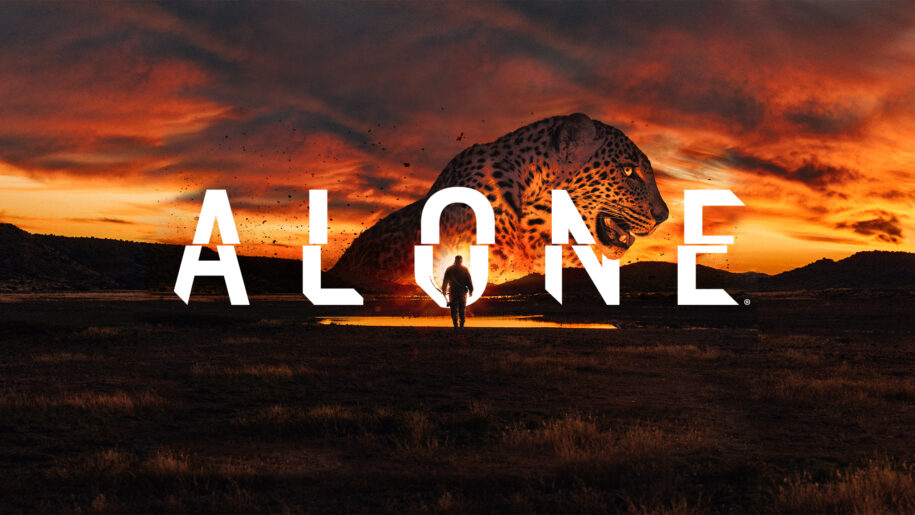Alone: South Africa – Surviving the Karoo’s Harsh Beauty
Alone, the hit survival series known for its unfiltered portrayal of human endurance, has taken its boldest leap yet—into the unforgiving heart of South Africa’s Great Karoo. In Season 12, contestants face not only total isolation and the mental strain of survival but also one of the most extreme and biodiverse desert ecosystems in the Southern Hemisphere.
Welcome to the Great Karoo
The Great Karoo—from the Khoisan word meaning “Land of Great Thirst”—is a massive semi-arid region covering nearly 400,000 km² of South Africa. Unlike the dense forests and icy terrain of previous seasons, this environment is sun-scorched, wind-beaten, and hauntingly silent.
Key climate challenges:
- Extreme temperature swings: Daytime temperatures often exceed 40°C (104°F), plunging to near freezing at night.
- Water scarcity: Rainfall is erratic and sparse—often less than 200 mm per year, forcing contestants to adapt quickly or suffer severe dehydration.
- Unpredictable weather: Dust storms, dry lightning, and fierce wind gusts can shift the landscape overnight.
A Desert of Life: Unique Flora
At first glance, the Karoo may appear barren—but it hides one of the most diverse plant ecosystems in the world. It’s a global biodiversity hotspot.
Notable plants include:
- Succulents: Over 6,000 species of succulents, many found nowhere else on Earth. These hardy plants store water in their thick leaves to survive droughts.
- Spekboom (Portulacaria afra): Known as the “miracle plant,” it’s not only edible but also a powerful carbon absorber—valuable both for survival and climate resilience.
- Aloe ferox: A medicinal aloe with spiky rosettes and tall orange flowers, used traditionally for healing and hydration.
The real challenge of this season isn’t the cold or constant bear threat—it’s adapting to scarcity. Shelter and warmth take a back seat to hydration and heat management. Shade becomes a survival tool, and knowing which plants to eat—or avoid—can mean the difference between life and evacuation.
Participants must navigate:
- Solar exposure and heat exhaustion
- Minimal wild food
- Thirst as a constant companion
Limited materials for building or trapping
- Solar exposure and heat exhaustion
These plants provide foraging opportunities, emergency water, and even shelter materials—if one knows how to use them.
Desert Dwellers: Remarkable Fauna
Unlike the predator-heavy environments of past seasons, the Karoo’s threats are less visible—but no less dangerous. Its wildlife is uniquely adapted to the harsh climate.
Animals participants may encounter:
- Cape Cobra & Puff Adder: Two of Africa’s deadliest snakes—fast, well-camouflaged, and lethal.
- Rock Hyrax (Dassie): A small mammal with a loud call, often hiding in rocky crevices, high in protein if trapped.
- Baboons: Opportunistic and clever; they can become aggressive around food caches.
- Warthogs, Wildebeest, and Kudu: Often spotted at waterholes, they add tension and potential conflict when contestants are nearby.
- Cape Leopard (rare) and Cheetah roam the remote hills, though seldom seen.
- Scorpions and Spiders: Small but venomous, hiding under rocks and in shoes.
Birdlife is also rich, from the haunting cry of the spotted eagle-owl to the iridescent flash of the malachite sunbird.
Survival in the Karoo: A Different Beast
The real challenge of this season isn’t the cold or constant bear threat—it’s adapting to scarcity. Shelter and warmth take a back seat to hydration and heat management. Shade becomes a survival tool, and knowing which plants to eat—or avoid—can mean the difference between life and evacuation.
Participants must navigate:
- Solar exposure and heat exhaustion
- Minimal wild food
- Thirst as a constant companion
- Limited materials for building or trapping
A Season Like No Other
This season of Alone is more than a test of bushcraft—it’s an immersion in one of South Africa’s most overlooked natural wonders. The Karoo, despite its harshness, is alive with ancient rhythms, resilient life, and evolutionary marvels.
If anything, it’s a powerful reminder that “wilderness” isn’t always wet and green. Sometimes, survival means learning to thrive where the Earth seems driest—and discovering that even deserts bloom.
Ready to embark on your own unforgettable African adventure?
Start planning your luxury safari with Intrepid Odyssey today!
- Follow us for daily inspiration and incredible wildlife moments:
- Book your bespoke safari experience:Email us directly at bookings@intrepidodyssey.com to craft your dream itinerary.

